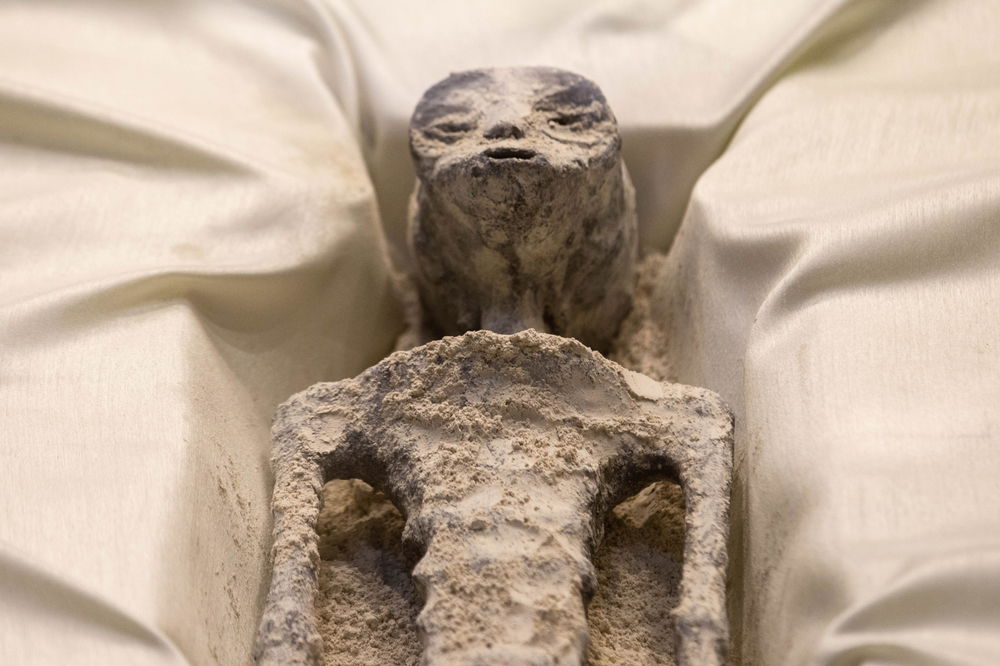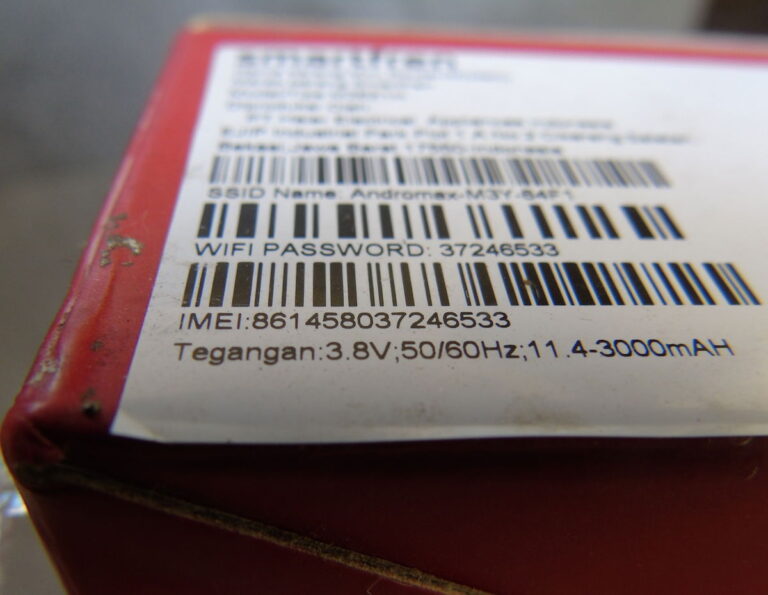
This image shows the so-called “non-human” remains presented to Mexico’s Congress in 2023 by ufologist Jaime Maussan. The claims were widely debunked by scientists — but fascination with alien life lives on. Now, AI is taking the search in a bold new direction.Credit: Octavio Hoyos, Shutterstock
Aliens could be hiding in plain sight according to AI – and now, it’s helping us track them down. In a stunning leap for space exploration, Swiss scientists have developed an AI system that may have uncovered dozens of hidden Earth-like planets where life could be thriving just like it does here, according to experts. That’s right. With 44 star systems flagged as potential homes for alien life – and possibly even advanced alien life – this earth-shattering breakthrough could finally answer the question: Are we alone in the universe? The truth is out there.
In a jaw-dropping breakthrough straight out of a sci-fi blockbuster, researchers in Switzerland have trained an artificial intelligence model to sniff out habitable worlds hiding in the cosmic crowd – and it’s already telling us where the aliens might be. The AI model has already named 44 star systems where Earth’s long-lost twins might be lurking. Read on to find out.
Published in the prestigious journal Astronomy & Astrophysics, the study claims this machine-learning marvel could supercharge the search for alien life in the universe – and may have just pointed humanity’s telescopes in the right direction.
“This is a significant step in the search for planets with conditions favourable to life,” said co-author Dr Yann Alibert, co-director of the University of Bern’s Centre for Space and Habitability, speaking to Forbes.
From sci-fi to sky spy: How the AI works
Spotting Earth-like planets isn’t exactly easy – they’re tiny, dark and practically invisible next to their blazing host stars. To date, only around 5,800 exoplanets have been confirmed – a mere speck in the cosmic ocean of trillions upon trillions out there.
Enter the AI hero of the hour: trained not on real planets (because, frankly, we don’t know enough), but on fake planetary families whipped up by the Bern Model of Planet Formation and Evolution. That’s a super-advanced simulation that creates imaginary star systems – down to the finest interstellar detail.
Dr Alibert boasted: ‘It’s one of the few models worldwide with this level of complexity and depth… enabling studies like ours.‘
44 possible Earths?
Using this galaxy-brained algorithm, the team analysed nearly 1,600 planetary systems with stars similar to our Sun (G-types), and others a bit cooler and smaller (K and M-types). The AI sniffed out patterns in mass and orbit of known planets to predict where their hidden neighbours might be – ones suspiciously similar to our little blue marble.
With up to 99% accuracy, the model claims many of these star systems could be hiding Earth-like planets right under our astronomical noses.
But before you whip out the space champagne, hold your rocket horses – the AI hasn’t proven these planets exist. It’s merely drawn a treasure map. Now it’s up to astronomers to go digging.
Not perfect, but still stellar
Of course, no AI is perfect (just ask your satnav). The researchers admit it missed a few key trends – like the odd tendency for so-called Super-Earthss and Cold Jupiters to pop up together around Sun-like stars. And yes, some of those synthetic planets were found a little too close to their stars for comfort.
Still, even a hint of narrowing down the cosmic haystack could be a game-changer. But if you think AI might help us meet alien life – brace yourself: one astrophysicist reckons we haven’t found any because AI already wiped them out.
With countless stars in our galaxy alone, this new AI could help space agencies beam in on the most promising places to find alien life – or even future holiday homes? So, watch this space: your future Airbnb might just be 50 light-years away.
Read more US news.
Get more original news and insights on technology, futurism, and AI for people living in Spain.







